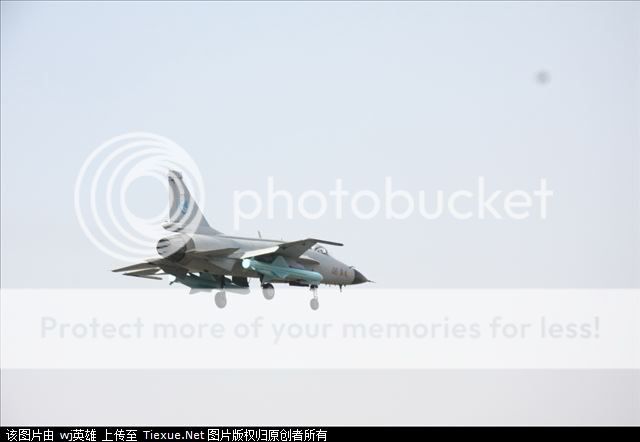rcrmj
SENIOR MEMBER

- Joined
- Jan 5, 2011
- Messages
- 6,322
- Reaction score
- -12
- Country
- Location
Russian sales of AL-31 jet engines to China have surpassed a thousand, with the addition of several new orders this year. This is because China wants to expand its fleet of modern jet fighters (J-10 and J-11), and keep pilots in the air often enough to develop and maintain combat skills. That wears out engines fasr. Another reason for the continued orders is persistent Chinese difficulties in developing jet engine manufacturing capabilities. China has been especially keen on freeing itself from dependence on Russian high-performance jet engines for its top-line jet fighters. That has not been happening.
With an increase in orders from the Russian Air Force, the Russian manufacturer of the AL-31 had had to boost production this year by over a third. The Russians also appear confident that the Chinese are not going to solve their engine manufacturing problems any time soon. This can be seen in how China openly (and unsuccessfully) protested restrictions Russia on the use of AL-31FN engines. Russia wants guarantees that the AL-31FNs will only be used to power Chinese warplanes, and that none of them will be disassembled to assist Chinese engineers in perfecting the illegal Chinese clone of the AL-31FN, the WS-10A. China has been stealing Russian military tech for years, especially since the end of the Cold War. Back then, Russia could no longer afford to buy new military gear, and it was only orders from China and India that kept many Russian defense firms in business. With many more orders from the Russian military, the Russian manufacturers feel able to play hardball with China.
And then there's the problem with China not wanting to admit that its own engine development efforts have consistently come up short. For example, last year, China revealed that it was replacing the engines in its J-10 fighter, installing Chinese made WS-10A in place of the Russian made AL-31FN. But this year, China has ordered several hundred more AL-31FNs, to be delivered over the next two years. No more talk of using the WS-10A on a large scale.
The Chinese claim the WS-10A is superior to the AL-31F, even though the WS-10A copied a lot of the Russian technology. The Chinese say they have improved on that. But those improvements were often things the Russians already had in the works, like increasing the basic AL-31 lifetime from 900 to 1,500 hours, and, most recently, 2,000 hours. But the Chinese have failed to master some of the basic manufacturing techniques for high-performance jet engines. The reality is that the WS-10As has some serious, and unpredictable, reliability problems, which are becoming obvious.
China believes it will be free from dependence on Russia for military jet engines within the next five years, which implies that Chinese engine manufacturers still have a way to go. For years, China has imported two Russian engines, the $3.5 million AL-31, and the $2.5 million RD-93 (a version of the MiG-29's RD-33) for the JF-17 (an F-16 type aircraft developed in cooperation with Pakistan.) But in the meantime, Chinese engineers thought they had managed to master the manufacturing techniques needed to make a Chinese copy of the Russian AL-31 engine. This Chinese copy, the WS-10A, is part of a program that has also developed the WS-13, to replace the RD-93 as well. While the Chinese have been able to build engines that are durable, they are still having problems with reliability, and that's a killer with fighter jet engines, where failure in combat can be fatal.
China has long copied foreign technology, not always successfully. But in the last decade, China has poured much money into developing a jet engine manufacturing capability. The Chinese encountered many of the same problems the Russians did in the beginning. Developing the necessary engine design and construction skills is difficult. But China has several advantages. First, they knew of the mistakes the Russians had made, and so were able to avoid many of them. Then there was the fact that China had better access to Western manufacturing technology (both legally and illegally). Finally, China was, unlike the Soviets, able to develop their engine manufacturing capabilities in a market economy. This was much more efficient than the command economy that the Soviets were saddled with for seven decades. The Chinese consider the J-10 and WS-10A part of the learning process, and they do learn from their mistakes. But jet engines for commercial aircraft are less difficult to develop than those needed for combat aircraft, and China is encountering more problems than they expected.
isnt this news from 2006?



















